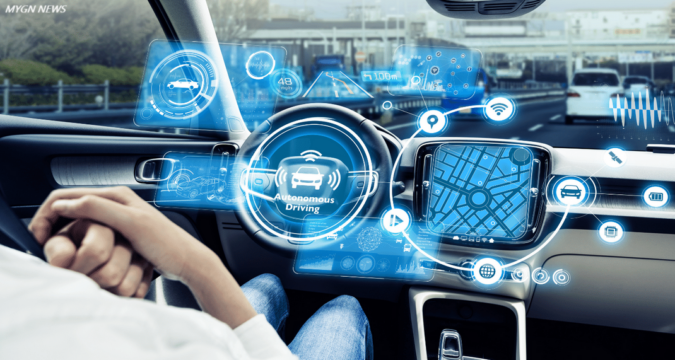
Autonomous vehicles (AVs) were once touted as the future of transport, but their success was marred by accidents, lawsuits, layoffs, software glitches, and negative PR, leading to a decline in their popularity.
Waymo, Cruise, and Tesla are under investigation for safety concerns following a study showing AVs are generally less prone to collisions than humans. The study examines the technical and ethical barriers to fully autonomous cars.
The Real Story of the Safety of Autonomous Vehicles
A recent study by the University of Central Florida found that while autonomous vehicles (AVs) are generally safer than human-driven vehicles, they underperform in specific situations, despite some concerns about their safety. The study examined 37,000 collisions between autonomous vehicles and human-driven automobiles.
Autonomous Driving’s Ethical Concerns
Despite safety concerns with autonomous vehicles (AVs), ethical analysis remains a challenge. Philosophical questions arise regarding the decision-making process of AV software in situations like choosing between hitting a Jaywalker or colliding with an oncoming car. A 2015 study by the University of Toulouse explored the possibility of creating an algorithm capable of understanding context and balancing ambiguities.
The question of whether a self-driving car would sacrifice oneself for pedestrians and who bears legal responsibility for collisions is not hypothetical. In the past, assigning blame was easier due to the lack of advanced technology, such as GPS trackers and remote kill switches. The courts would determine the appropriate liability based on specific circumstances.
The increasing automation in cars has led to concerns about ‘letting go of the wheel’ and trusting a heavy machine. However, a Florida study found that driverless cars are much safer across major categories, highlighting the positive aspects of autonomous vehicles.
Remarkable Use Cases
TechUK’s Teodora Kaneva highlights the potential of autonomous vehicles beyond urban robotaxis. She suggests they could enhance public transport, fill transport gaps at lower costs, or connect to city hubs through a mobility as a service’ (PAYG) model. This could reduce congestion and promote an integrated, accessible transport network.
Driverless vehicles can be deployed for various applications, including consumer applications and off-road support at worksites and airports. The trucking industry is considering ‘platooning’, where a lead truck uses a human driver and AV-driven trucks in the back mimic its actions.
Autonomous vehicles (AVs) can help governments address the challenges of decaying road and rail networks due to population growth and new car purchases. AI-guided AVs can help upgrade national transport infrastructure and alleviate the daily pain of accidents, traffic jams, and parking issues.
Overcoming Safety Barriers for Self-Driving Cars
TechUK’s Kaneva emphasizes the need for the UK government to incentivize the production of autonomous vehicles, which could make the UK the global hub of advanced manufacturing, despite the cost and time involved in converting conventional vehicles to autonomous driving.
The bottom line
Despite limitations, AVs have proven promising, with a global market of 30 million cars with partial or full automation expected to surpass 54 million in 2021. The market is expected to reach $60 billion by 2026, despite its growth trajectory.
China is accelerating its market entry, while other countries face safety concerns. The next step lies with lawmakers and regulators to ensure a safe industry.
good news, thanks
травля клопов москва
санэпидстанция официальный сайт
травля тараканов москва цена
клопы в квартире уничтожение
уничтожение клопов цены санэпидемстанция
Hey people!!!!!
Good mood and good luck to everyone!!!!!